President Donald Trump threatened mass firings as the federal government shutdown stretched on with no public signs of a breakthrough, according to reporting by PBS NewsHour. The warning marked an escalation in tone from the White House as talks with congressional leaders again yielded no visible progress toward reopening shuttered agencies.
The standoff, driven by an impasse over spending and border security priorities, has left hundreds of thousands of federal workers either furloughed or working without pay. Agency operations have been curtailed, services delayed, and contractors strained, while communities that rely on federal payrolls and procurement feel growing economic ripple effects.
Trump’s firing threat adds a new layer of uncertainty for the federal workforce but faces substantial legal and procedural barriers. Career civil servants generally enjoy protections under federal law; dismissals typically require just cause, due process, and, in cases of reductions in force, formal notice periods and seniority-based rules. Large-scale terminations would likely trigger challenges via the Office of Personnel Management processes and the Merit Systems Protection Board, and could draw congressional scrutiny and court review.
Inside the Capitol, both parties remain dug in. Republicans argue that additional border security resources are central to any agreement, while Democrats contend that broad operations should reopen before policy disputes are negotiated in full. Short-term continuing resolutions, a narrow funding bill to restart key agencies, or a broader compromise on security measures remain potential off-ramps, but none has yet attracted consensus.
The White House’s posture, paired with the shutdown’s duration, raises the stakes for federal services and the broader economy. Previous extended shutdowns have eroded agency capacity, driven attrition, and burdened contractors who are often ineligible for back pay. The longer the lapse, the harder and costlier it becomes to restart operations, address backlogs, and retain talent.
What to watch: whether the administration formalizes any workforce moves beyond rhetoric; if congressional leaders can agree on a stopgap to reopen the government; and how public pressure—especially from affected workers, contractors, and state and local partners—shapes negotiating incentives. For now, with no clear path to a deal, the shutdown’s human and institutional costs continue to mount.

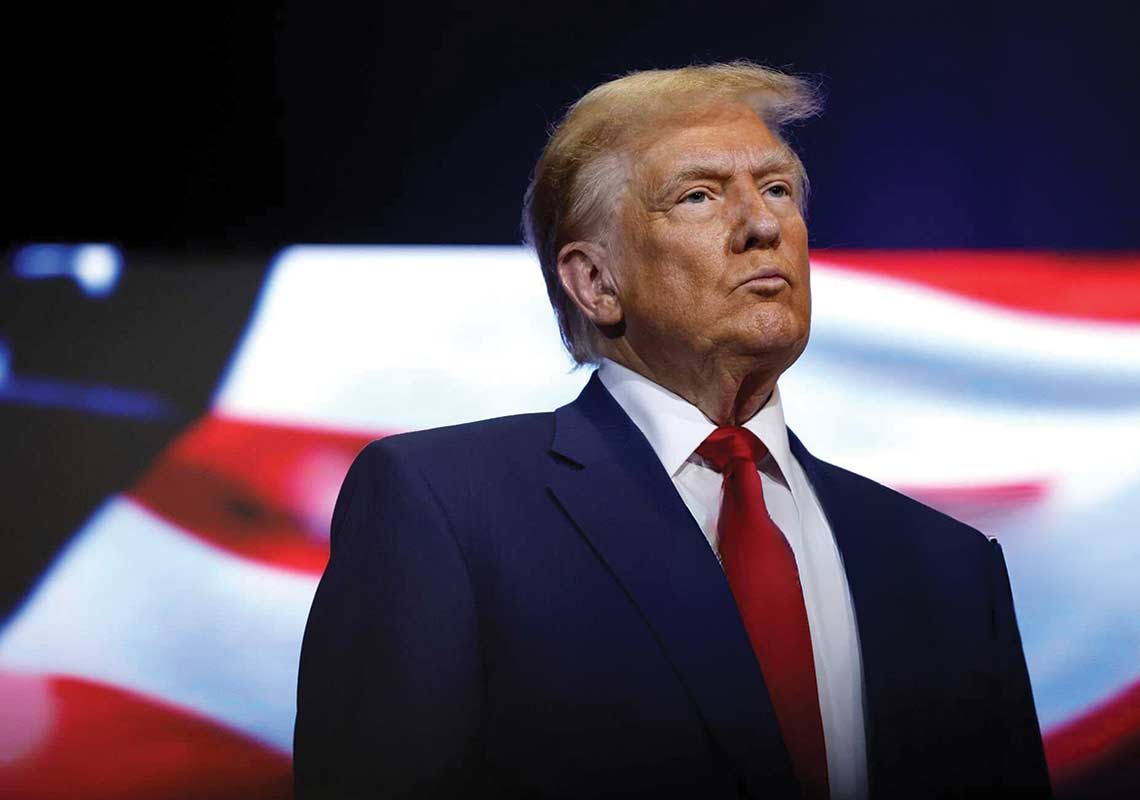
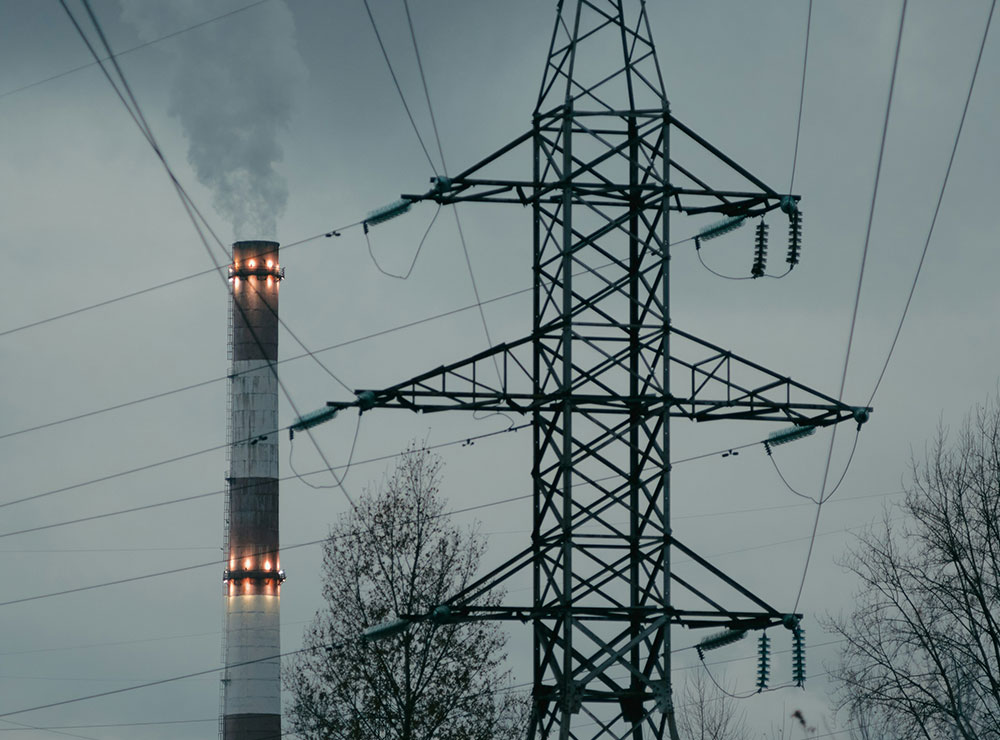
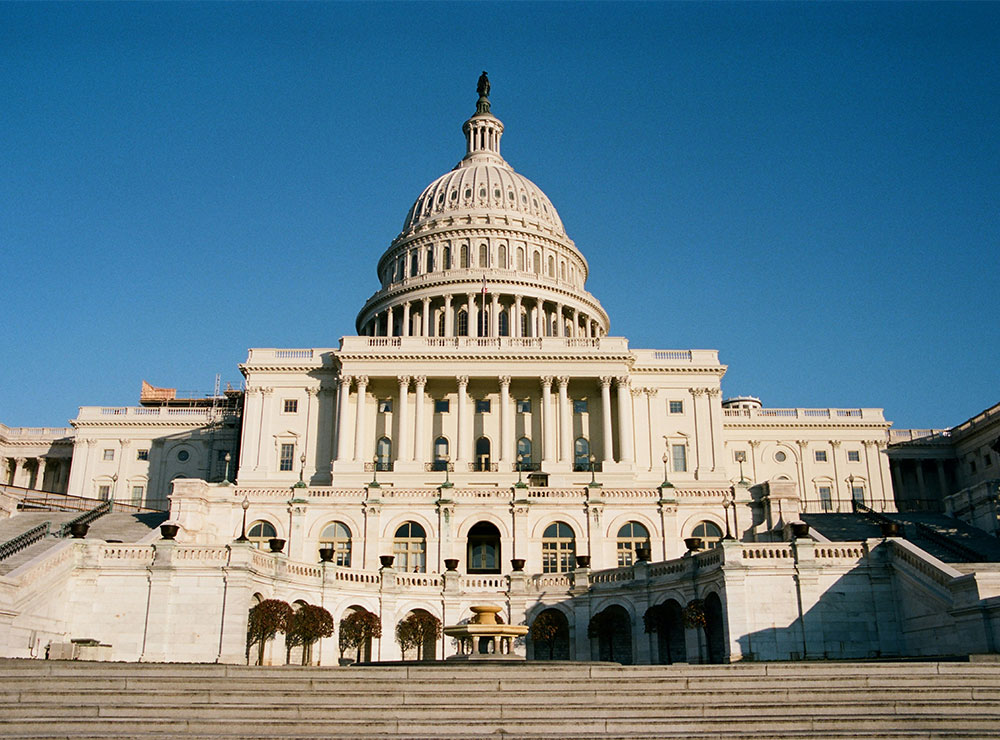
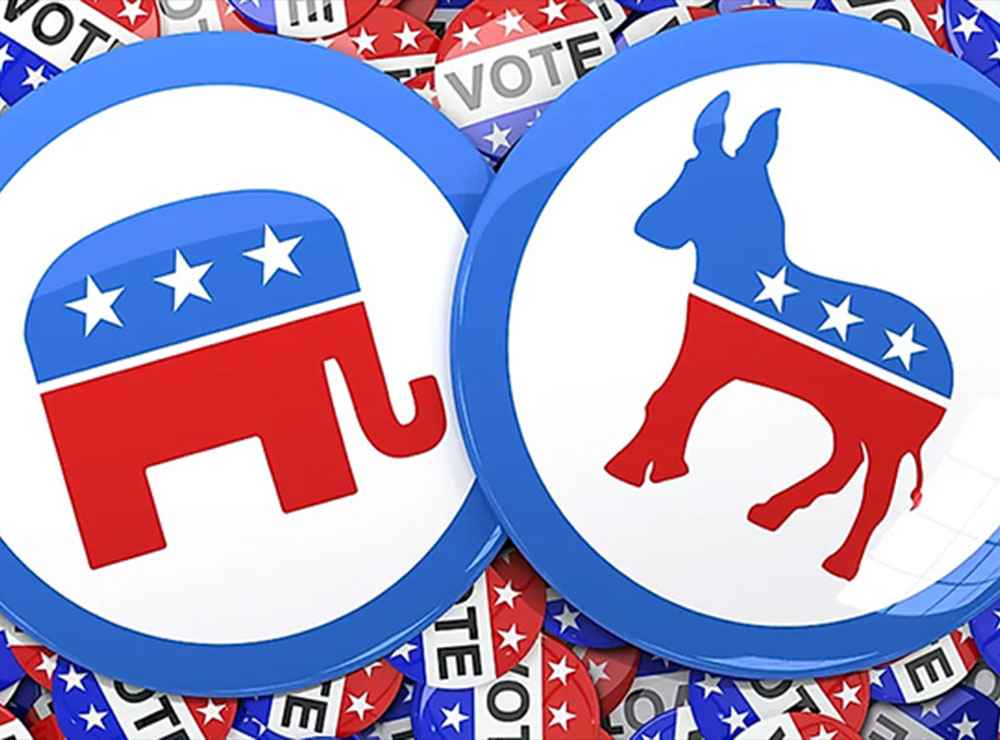
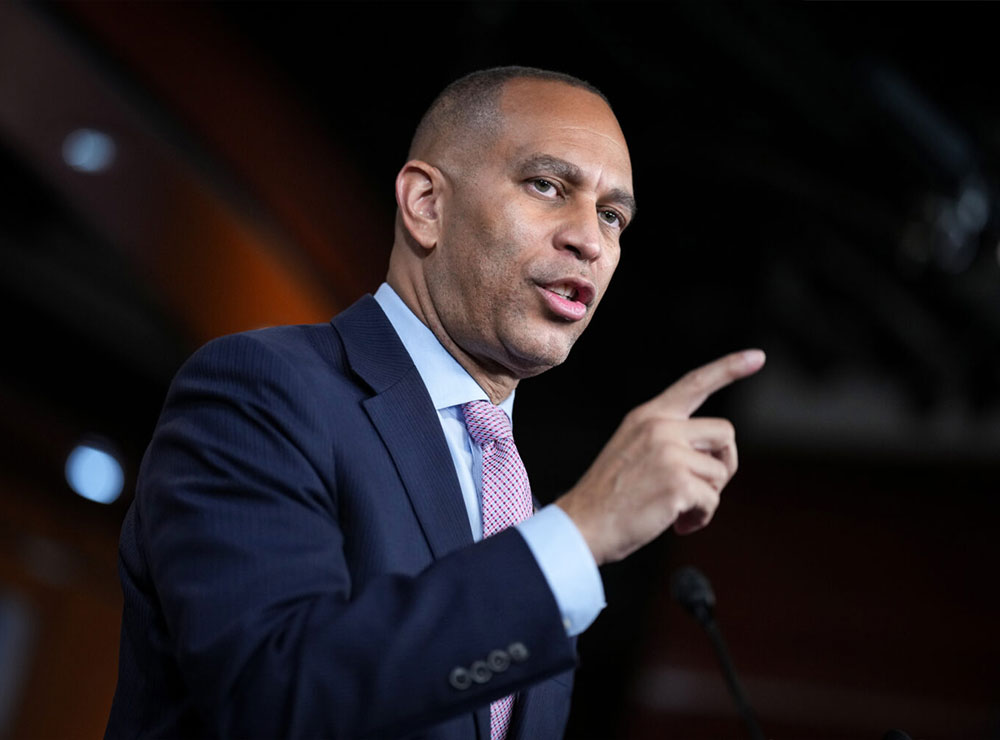

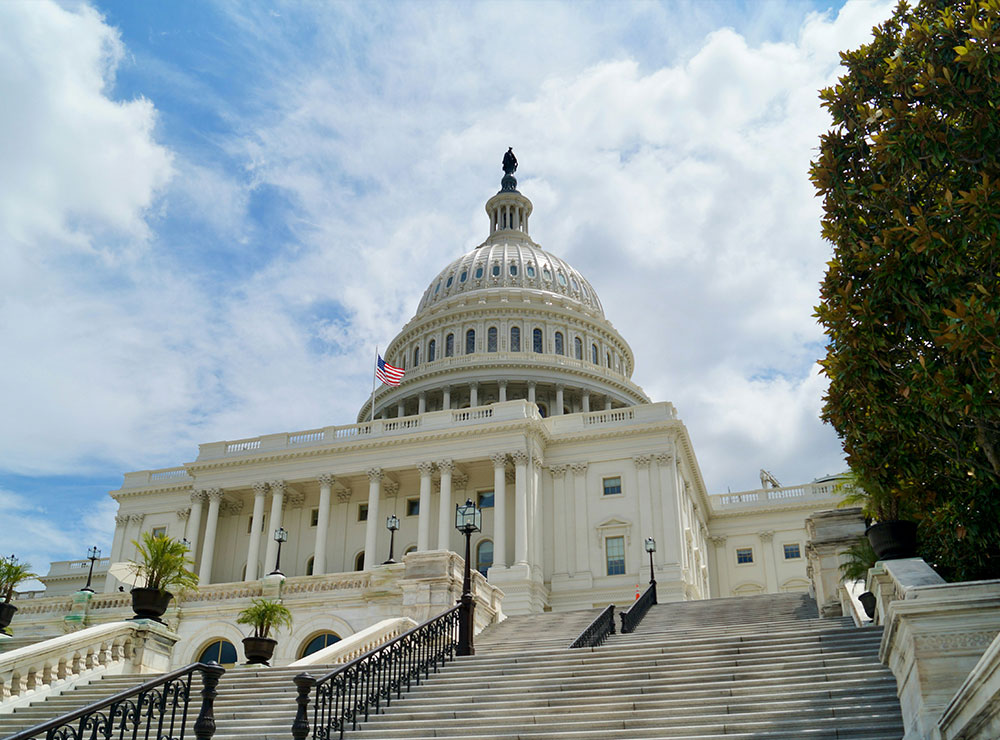
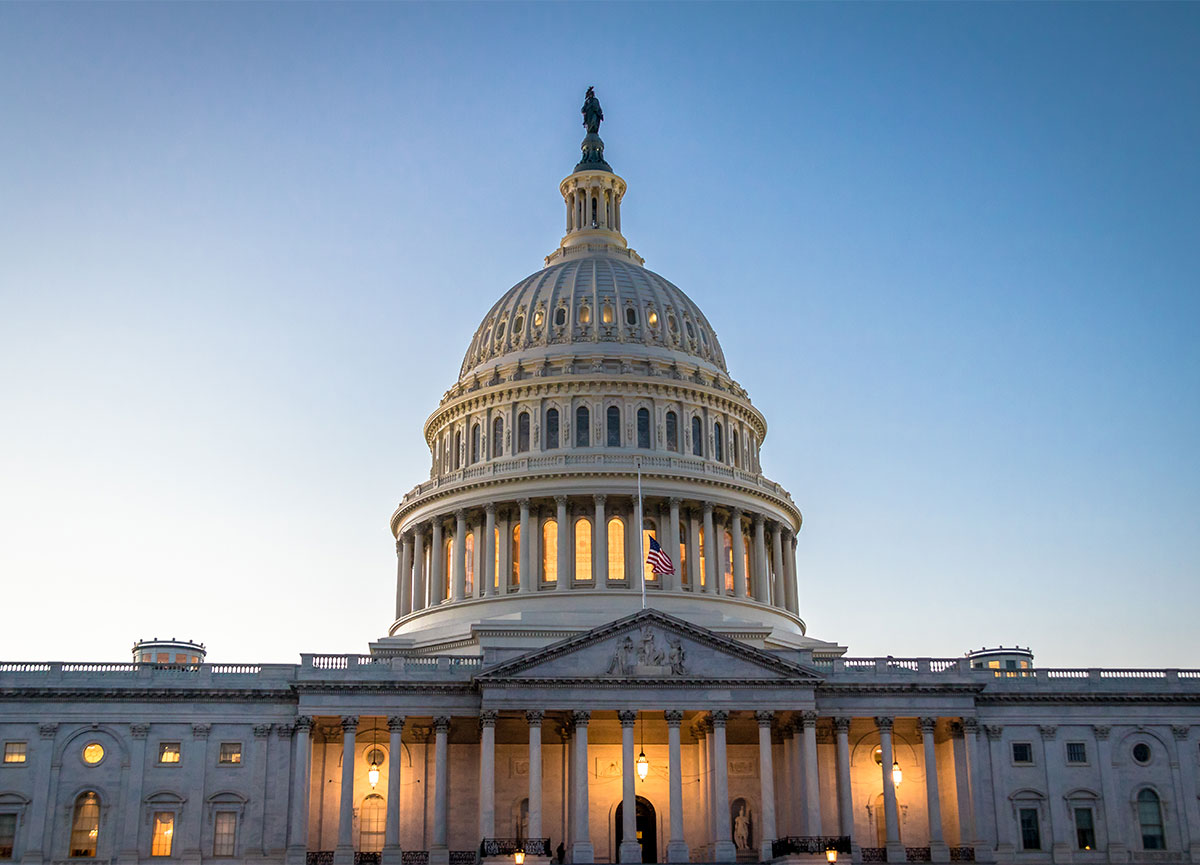
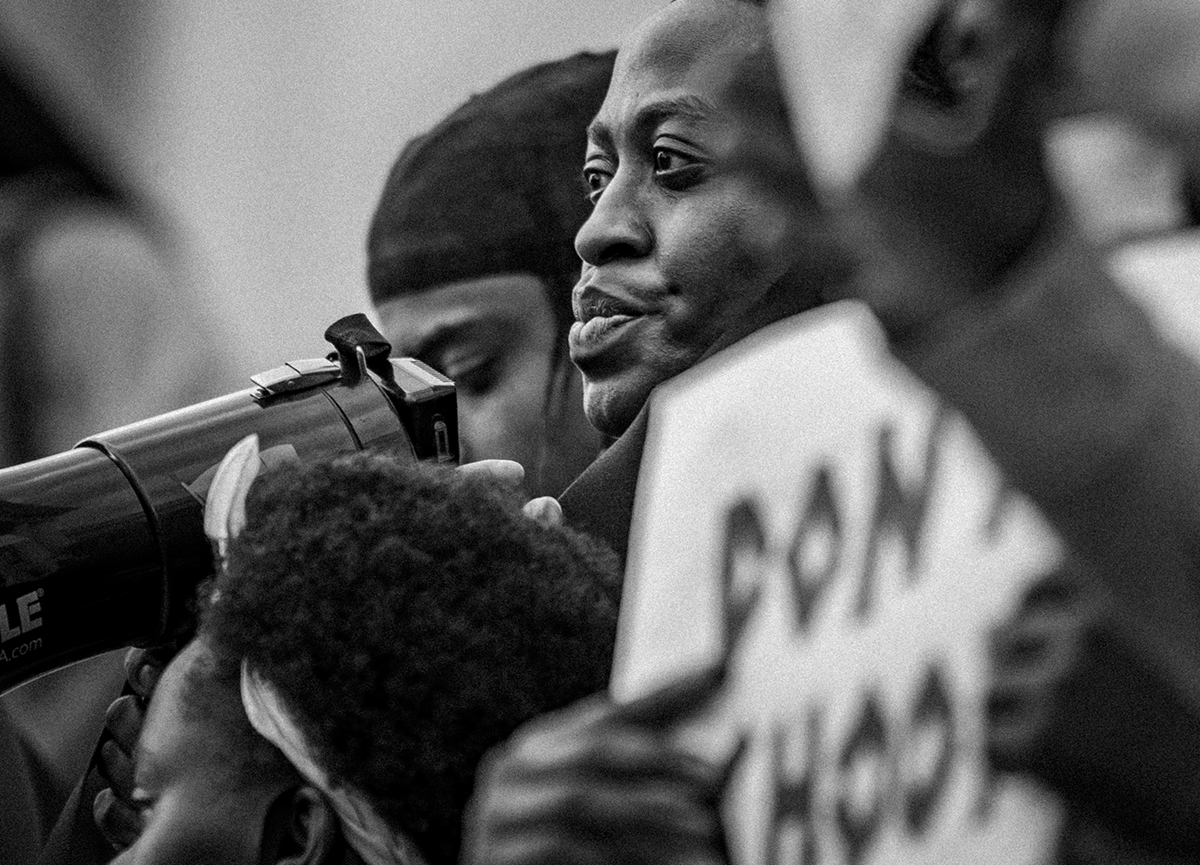
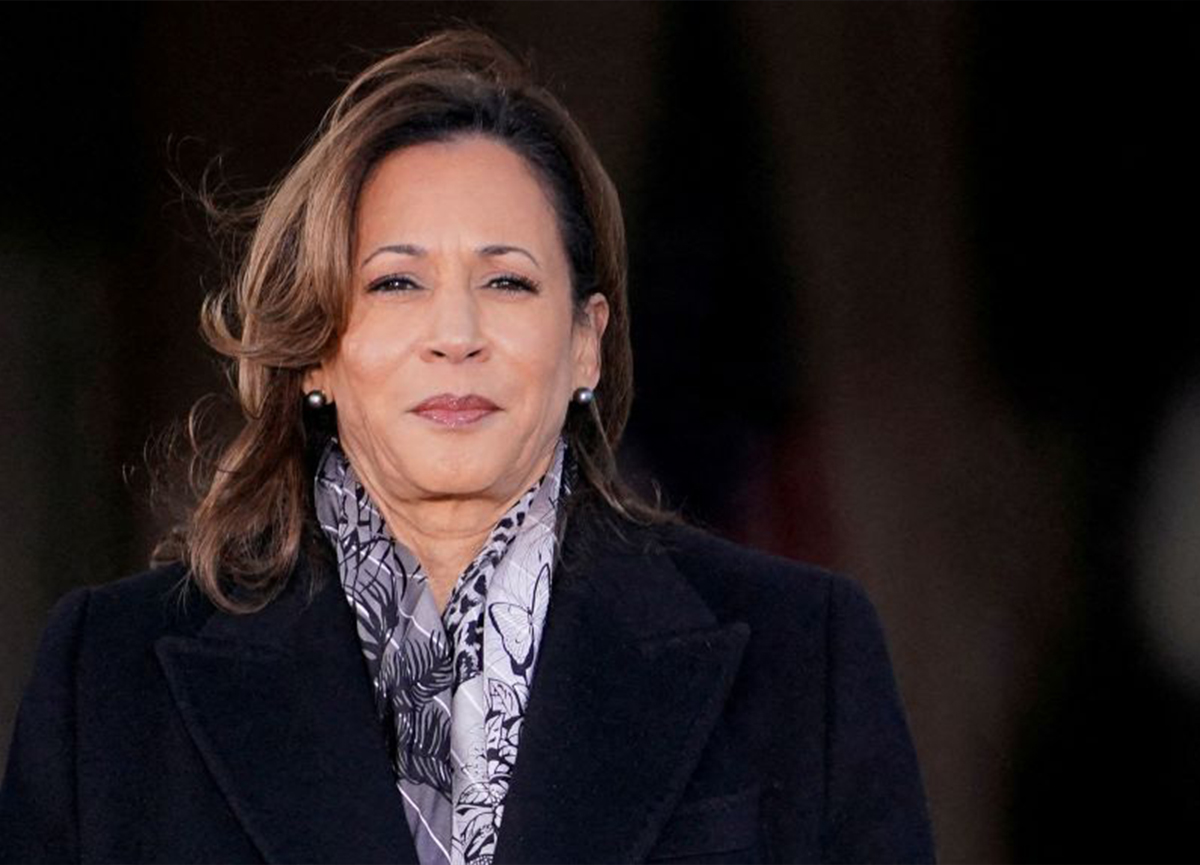
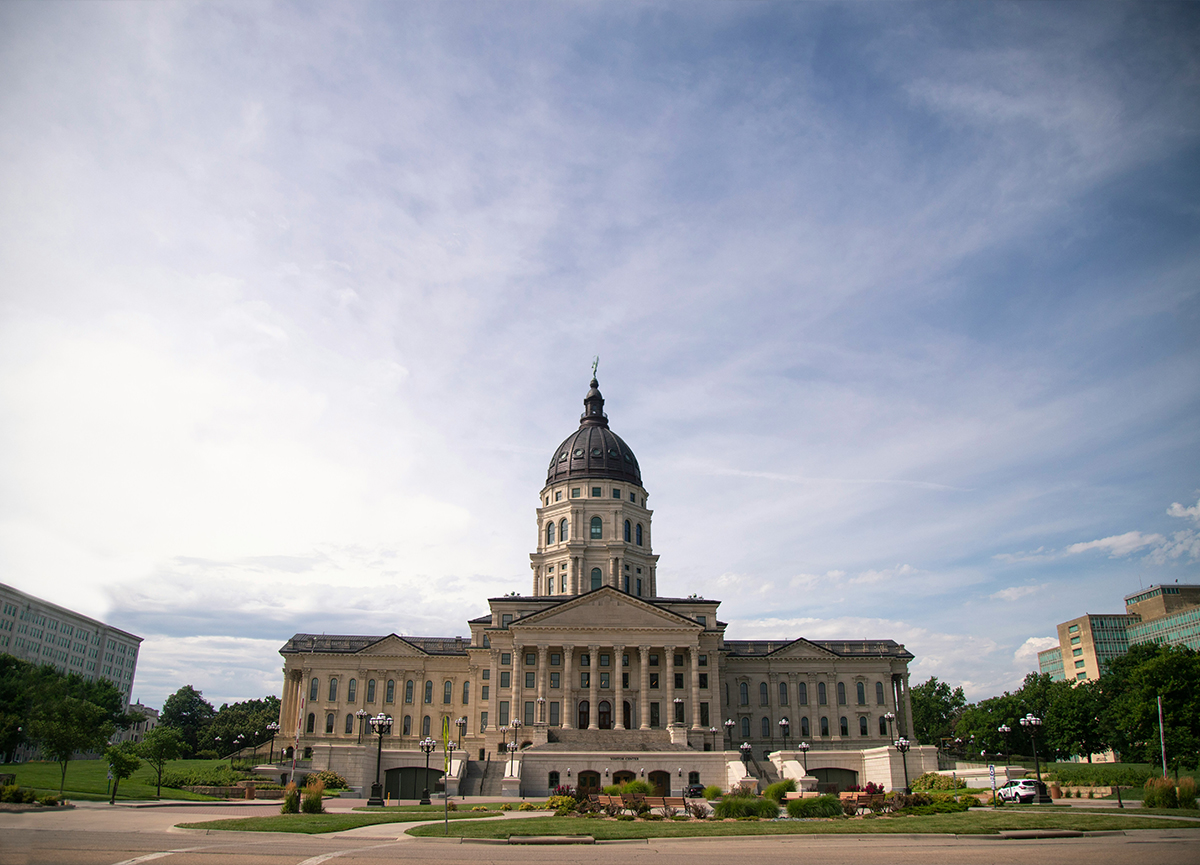
Leave a Reply